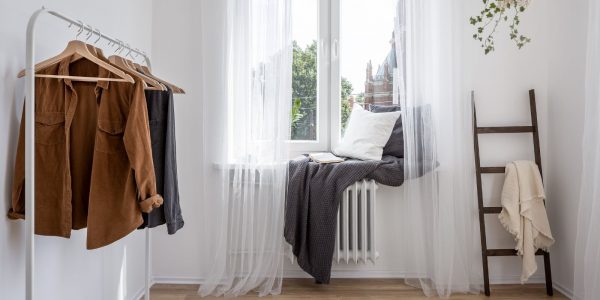
In the previous several years, homes with an EPC rating of A or B sold for 10% more than those with an EPC rating of D. Every 12th property sold had an EPC rating of A or B. But 47% of houses sold had a D rating for energy efficiency. However, more than 60% of resale houses have the potential to obtain an A or B rating with some minor modifications.
As autumn approaches and many households debate whether to switch on the heat or wear extra clothes, increasing your home’s EPC rating might keep you warm and also increase its value.
In our previous article, we went over our tips for renting with pets. This week, we move on to what to look for when looking at an energy-efficient home. As it comes into the colder months and summer comes to an end, heating your home doesn’t have to cost a fortune. The more energy-efficient your home is, the lower your heating bill will be.
Let’s have a look at a few more tips for when you are checking to see if your new home is energy efficient.
Look at the Energy Efficiency certificate
We recommend starting with the Energy Performance Certificate (EPC) to determine a home’s energy efficiency. To be lawful, a residence must be accessible when it’s sold.
It tells you about the home’s energy efficiency band (A-G, with A being the best), anticipated energy expenses, and a summary of current features like insulation and the heating system, as well as what level it could improve to be with upgrades.
This is especially important for individuals buying a ‘project’ house. Since it will give you an idea of what improvement expenses you should consider in your decision before buying.
Do your own energy audit
While the EPC includes architectural characteristics, there are a few things to look for when viewing a home. First and foremost, there is the insulation. If the house has an attic area, you can check to verify if what is stated to be there is there. Also, look at the loft insulation’s age and wear and tear.
Water can enter walls through leaking roofs and gutters. So if the property has insulated cavities, make sure the gutters are clean and there is no discolouration on the external walls.
It’s also a good idea to look through the windows. The optimum choice we recommend is high-quality double glazing. But appropriate sealing to prevent cold draughts is a good starting point to search for.
On a final note, there’s the possibility that mortgage providers could be open to lending people more in order to buy an energy-efficient property.
Research by the Energy Saving Trust has concluded that using a more refined mortgage calculation could support higher maximum lending amounts for energy efficient homes.
There you have it, some of our most useful tips for qualifying your energy-efficient home. If you are thinking of moving house and aren’t sure where to start looking, give our team at Qube Residential a shout for any queries.
Source: Dataloft.



